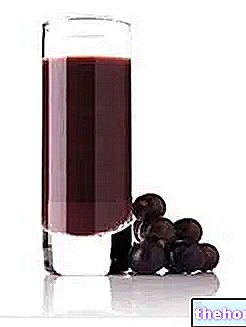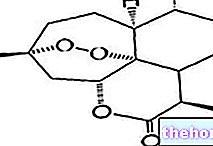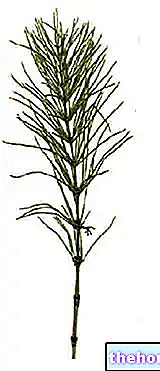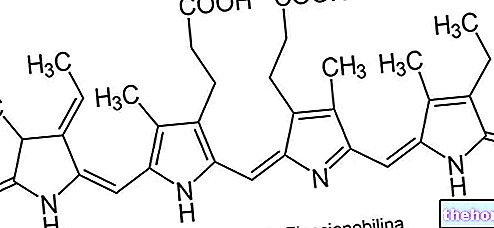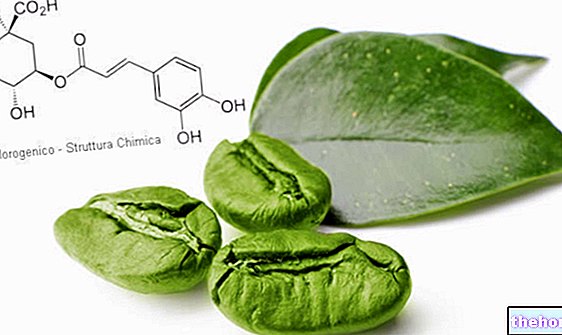The maqui is advertised as the fruit of eternal youth. Its properties are said to be linked to the remarkable content of anthocyanins, important for the health, not only of the plant, but also of man. Will all this be true?

What is maqui?
Maqui is an evergreen plant that produces an edible, blueberry-like fruit that is blue-purple in color. Its scientific name is Aristotelia Chilensis and belongs to the Elaeocarpaceae family.
The maqui grows spontaneously in Chile, in the regions of Aysen and Coquimbo, in the islands of Juan Fernàndez and in Argentina. All these areas belong to the geographical region called Patagonia, which is characterized by:
- rigid and rainy climate, which favors the growth of the thickest and most varied vegetation. The maqui is just one of the many plants that "infest" these areas. In fact, it prefers humid soils containing humus; therefore, it is easy to meet him along a road and, in the same way, in a wood or in a clearing.
- altitude. The aforementioned areas are areas located, on average, above the sea level. In some cases they even reach several thousand meters in height. Here, the irradiation has fundamental effects both for the growth and for the quality of the maqui. Plants of maqui can also be found at an altitude of 2,500 meters.
The maqui is a dioecious species. This means that the male and female reproductive organs are found on two distinct plants. Therefore, there are female maqui and male maqui, which will produce female gametes and male gametes, respectively. To produce fruit, the male maqui must donate its gametes to the female, through a process called pollination. Gametes of both sexes are produced during flowering and are contained within the flowers.
Dioecious species are rare in nature. Usually, plants are monoecious, or hermaphrodite. A monoecious plant produces both male and female gametes. Consequently, to bear fruit, each plant has all the essential elements for pollination.
The tree
The maqui tree can reach 4-5 meters in height. It resembles a large shrub and its stem - white and thin, with smooth bark - is used to create musical instruments. The adult plant contains numerous fine and flexible branches. The leaves are green and very simple: they are elliptical in shape, pointed and have a serrated edge. The leaf surface is smooth and has an evident central vein. The stem of the leaves is deep red.
Flowering
It takes place between September and November, that is, during the spring of the southern hemisphere. The flowers are bright white, very conspicuous in the thick vegetation of Patagonia, which is why they certainly do not go unnoticed.

The fruit and its harvest
The first fruits of the maqui appear in December and can be harvested until March, a period which in the southern hemisphere corresponds to summer and the first autumn month. The fruit of the maqui is a berry, also called maqui, of an intense blue, tending to purple. This color is due to the massive presence of anthocyanins, which are vegetable pigments. The taste is sweet. The size of the maqui berry. they are variable: the diameter can measure 5-6 millimeters, but it can also correspond to that of an olive.
The harvest of the wild fruit is done by hand. On the other hand, there are no alternatives, given that the intricate and thick vegetation of Patagonia does not allow the use of mechanical means. A 6-7 year old plant can produce up to 10 kilograms of berries. It is estimated that the Coquimbo and Aysen regions, around 170,000 hectares in all, produce 220 kilograms of maqui per hectare. This is a theoretical calculation, based on the true quantity accessible to man, which is "only" 90 tons. In fact, many areas have such dense vegetation that it is even impossible to enter.
The price, in local markets, varies from 0.65 to 1.50 dollars per hectogram.
History
Great maqui eaters are the Mapuche Indians, who inhabit Chile. The Mapuche are the only American Indians ever subdued by the European conquerors, during the great colonization of the Americas. It is said that it was the maqui that made these Indians into tireless and very strong warriors. It seems, in fact, that these tribes made a great use not only of the fruit, but also of the leaves. The fruit, as well as being a source of solid food, was used to obtain an alcoholic drink called Chicha, still appreciated today; the leaves, on the other hand, were used for herbal teas with soothing and medicinal powers, able to heal simple feverish states and war wounds.
It is probably a legend, as the geology of the territory certainly played a fundamental role.
The maqui in the rest of the world
The maqui was exported from its natural habitat. In the USA, it is grown in California and Washington state; in Europe, England and Spain imported it. Here, it is also known as Chilean Wineberry. Clearly, in these areas, the annual production of the fruit is not comparable to that of Chile and Argentina. Furthermore, special treatments and a soil with specific properties are required. All this affects the costs necessary for the cultivation of maqui. Costs that inevitably raise the market price.
"Miraculous" properties of the maqui
What makes maqui special? Is maqui really a food that gives strength and health to those who eat it?
Until recently, not much was known about maqui and its organic qualities. In recent years, however, (pseudo) scientific studies have begun to appear on the effects of the fruit on human health. Comparing these articles with what has been published so far on pubmed, the results appear rather disappointing: many of the much magnified properties of maqui do not seem to find the slightest scientific confirmation.
Anthocyanins
Anthocyanins are vegetable pigments, contained in the leaves, flowers and, above all, in the fruits of the maqui. They belong to the flavonoid family, which in turn belongs to the group of polyphenols. They are water-soluble, so they dissolve in water.
Anthocyanins are used by plants to protect themselves from solar radiation. They act, in fact, as antioxidants and protect the plant from harmful ultraviolet radiations. These radiations generate the so-called reactive oxygen species (ROS), better known as free radicals.
Plants also exploit anthocyanins to defend themselves against pathogens and to attract insects and animals.
There are several subgroups of anthocyanins, for example:
- Cyanidins.
- Petunidine.
- Malvidine.
- Peonidines.
- Delphinidins.
- Etc
The anthocyanins of maqui
Scientific tests on maqui have shown that this fruit contains good amounts of anthocyanins. Among all, the most present anthocyanin is delphinidin.
The effects of anthocyanins on man
The thesis according to which plant foods with a high anthocyanin content have a beneficial effect on man is now well established. The maqui is no exception.
The potential effects of anthocyanins are:
-
Functions of anthocyanins on man Anti aging Preserve vascular integrity Preserve from thrombo-embolism Protect from heart attack and stroke Regulate cholesterol Regulate blood sugar Modulate the inflammatory, allergic and immune response Improve eyesight Repair and protect connective tissue. - Promote high levels of HDL, the "good" cholesterol.
- Inhibit the formation of blood clots within the vessels.
- Protect the integrity of the blood vessel walls.
- Preserve from heart attacks and strokes.
- Protect LDL, the "bad" cholesterol, from oxidation.
- Modulate the inflammatory and immune response.
- Decrease the allergic response.
- Maintain blood sugar at normal levels.
- Neutralize enzymes that destroy connective tissue.
- Improve eyesight.
In particular, delphinidins stimulate the immune system, regulate inflammation and cell growth.
Measurement of the antioxidant activity of anthocyanins
One of the parameters that expresses the antioxidant capacity of a food is the ORAC test, acronym for Oxygen Radical Absorption Capacity. A high ORAC value means high antioxidant activity in vitro.
Maqui contains anthocyanins that project it among foods with a significant ORAC value.


